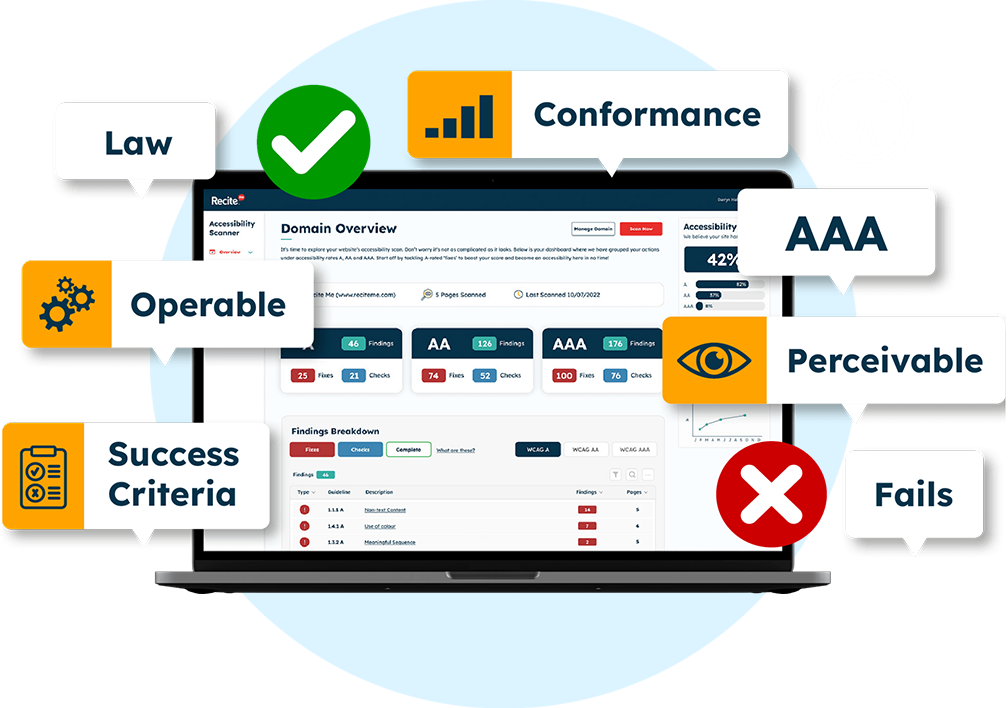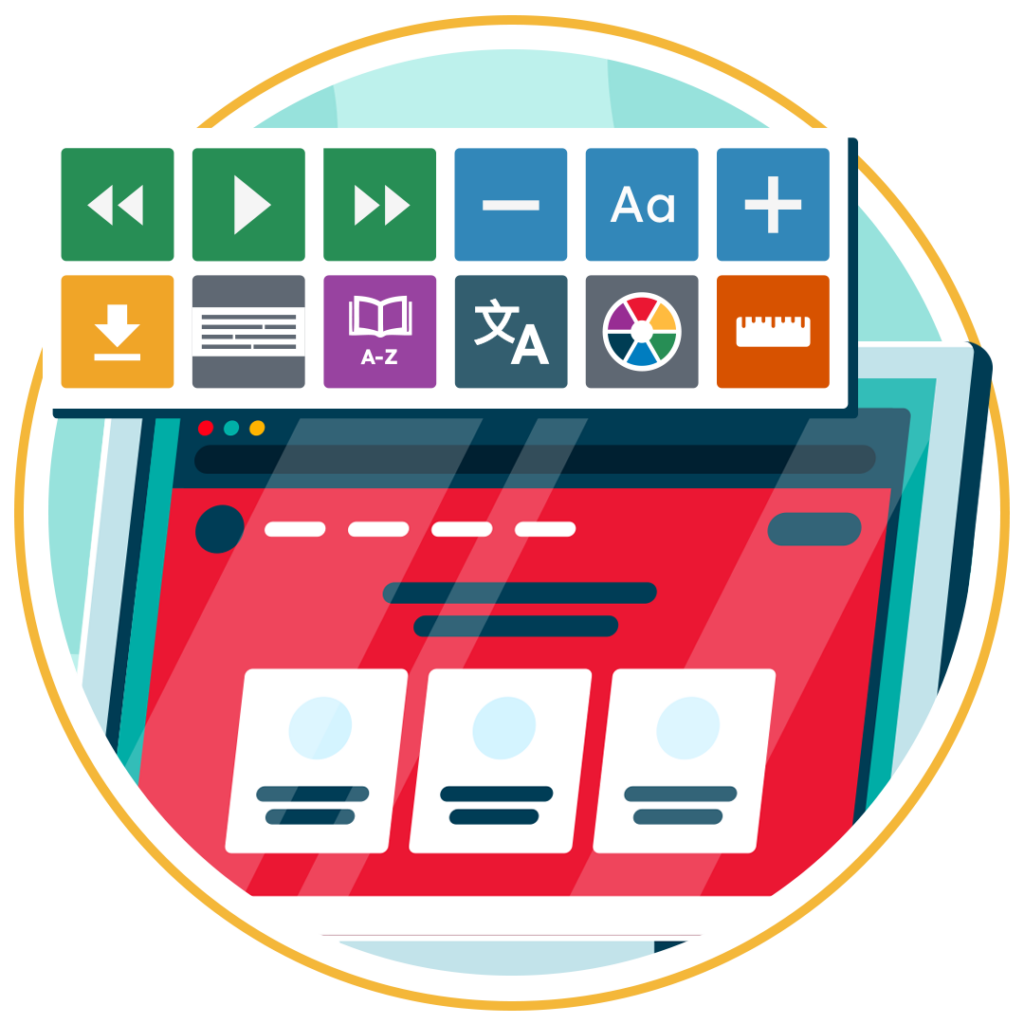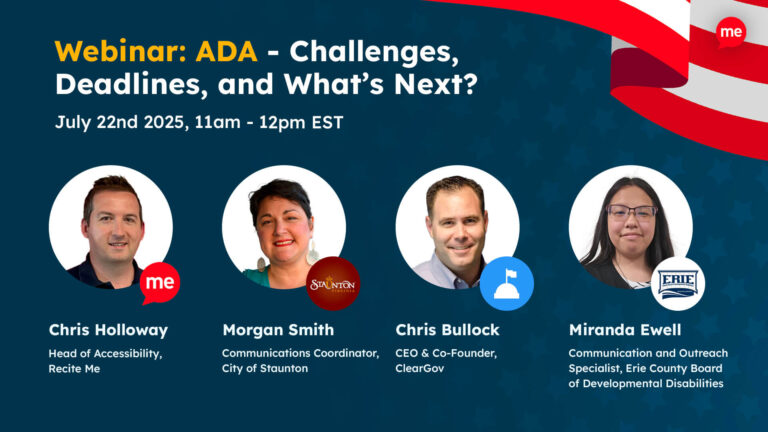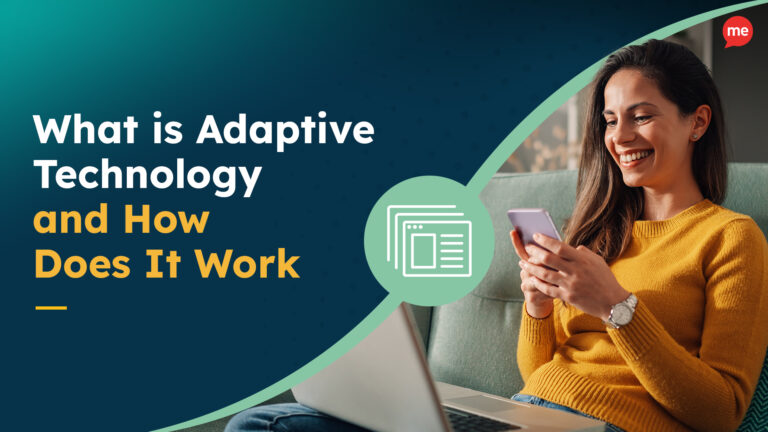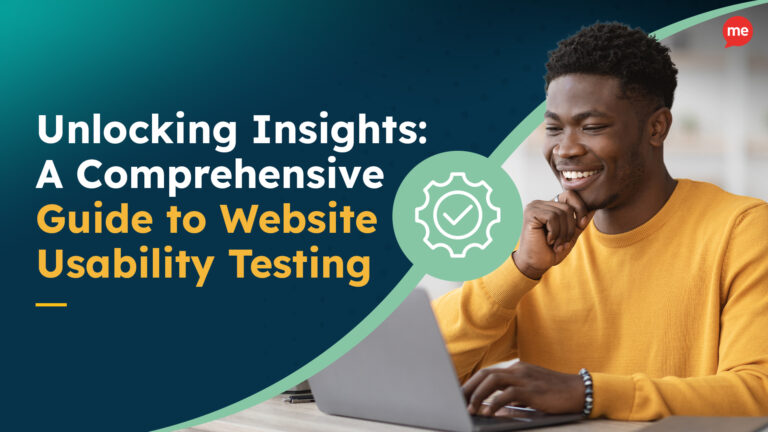Try Our Accessibility Toolbar On Your Website
Trial NowIt is estimated that around 16% of the world’s population experience significant disability. This represents a huge proportion of the world, affecting close to 1 in every 6 individuals or 1.3 billion worldwide. Despite this it is also estimated that around 97% of the websites on the internet are inaccessible. Helping to highlight the need for websites and businesses to begin making the move towards more accessible web practices.
What are Accessibility Overlays?
Accessibility overlays, sometimes referred to as accessibility widgets or tools, are software solutions designed to improve the accessibility of websites for individuals with disabilities. These overlays typically provide a set of tools or modifications that aim to make a website’s content more accessible to users who don’t have their own assistive technology and may have visual, auditory, motor, or cognitive disabilities.
They allow the user to customize the website in a way that works best for them. Helping them to access content that may have otherwise been inaccessible without the use of the overlay.
Not Everyone has their own Assistive Technology
Not everyone has access to the assistive technology they need, as indicated by the World Health Organization (WHO) reporting that only 1 in 10 people globally can avail it. This significant inequality underscores the pressing need to bridge the accessibility gap.
Several factors contribute to the limited access to assistive technology, including economic disparities, inadequate healthcare systems, and social barriers. The challenges are more pronounced in low- and middle-income countries due to high costs and limited availability. To address this issue, collaboration is essential among private companies, governments, technology firms, web developers, and advocacy groups.
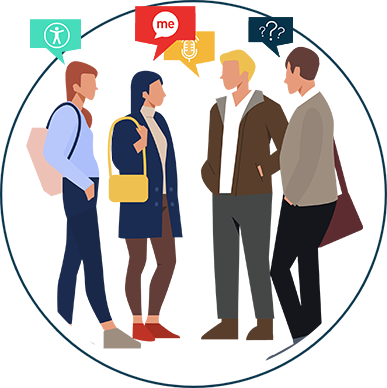
To promote inclusivity, it is crucial to prioritize the development of accessible online platforms, adhere to web accessibility standards, and raise awareness about the significance of online accessibility and assistive technology. These efforts aim to create a more inclusive digital landscape, ensuring equal opportunities for everyone to participate and thrive.
Accessibility Overlays don’t make your website compliant!
In the accessibility field, some voices claim quick website accessibility through overlays or easy legal compliance with minimal code. However, due to our business nature, we occasionally face criticism when incorrectly associated with such claims.
We want to clarify that we don’t endorse these quick-fix claims. Achieving genuine accessibility and legal compliance is a complex process, not instant. Solutions making bold claims often can’t address the website’s structure, crucial for conformance and compliance.
So, what do overlays do? Recognizing not everyone has their own assistive tech, and we use different devices, organizations should provide additional support for a better user experience. This benefits people with disabilities and engages a wider audience.
In today’s focus on inclusion, ‘web accessibility’ is often linked to compliance. Yet, it’s crucial to understand usability is just as important. Without prioritizing usability, businesses can’t offer a truly inclusive online journey, regardless of compliance standards.

Free Accessibility Check of your Website
Finding accessibility issues is now easier than ever. Recite Me offers a free automated scan of your website’s homepage to highlight non-compliance. You’ll get recommendations on how to fix them, helping to improve your accessibility score.
False Assumptions about Accessible Website Overlays
There are often a lot of false narratives about the effectiveness of accessibility overlays. It’s important to bring these to light and delve into the truth behind many of these accessibility myths. A few of which include the following:
Myth 1: All overlays are bad for accessibility
The industry has been plagued with low-quality, substandard accessibility overlays for years now that claim to make websites accessible. This often creates a bad sentiment and understanding in the minds of the masses.
Here at Recite Me, we acknowledge the concerns, but we also recognize the value and benefits of offering both the Recite Me accessibility toolbar and an accessibility checker. Addressing head-on how accessible a website is from a build perspective and how usable it is to driver a greater user experience for all. We believe the best path to digital inclusion is a combination of both.
Myth 2: They can significantly impact Loading Speed
This is never the case when integrating the Recite Me accessibility overlay toolbar with your website. The toolbar is only loaded when requested by the user through a launch button. And the code lives a the bottom of a website, so it is always loaded in last.
As a company, we have over a decade of experience in perfecting our product. Based on analytics, customer feedback, testing, and more.
Myth 3: Overlays are Non-compliant
Again, while this can be true for some of the “free” accessibility overlay tools out there, it is not always the case. Many overlays will be up to date and in-line with the latest WCAG Standards & Guidelines. And by this we mean how they are built as a module not what they do to a website. The Recite Me assistive toolbar is included in this, we ensure it is compliant with the latest accessibility legislation on a regional and global level, from color contrasts to tab indexing.
Why are they becoming more popular?
More and more businesses and websites around the world are adopting accessibility overlays and integrating them into their website design. At Recite Me we believe there are three core reasons that businesses opt for accessibility overlays. These three reasons include; the legal implication, revenue implications and simply because it’s the right thing to do.
Legal Implications
The significance of accessibility laws and regulations is increasing globally. Adhering to these standards is crucial to safeguard your website from potential lawsuits. The Recite Me accessibility Checker can assist you in achieving WCAG compliance. While accessibility overlays are not the current solution for these regulations, the focus is on usability and online experience for people with disabilities, so It’s essential for businesses to take all possible steps to assist people online.
Every year there are seemingly more and more accessibility lawsuits that arise. So, providing accessible products such as an accessibility overlay can help mitigate the likelihood of unhappy website visitors.
Revenue Implications
The second fundamental reason for implementing accessibility overlays is its implication on revenues. With such a significant percentage of the world’s population experiencing some form of disability, this represents a potential missed opportunity for many businesses. If this subsect of individuals can’t access the website as initially intended, they’ll likely be unable to make a purchase or even interact with the business. This can potentially mean a huge amount of money is left on the table for businesses that are unwilling to adopt accessibility overlays.
It’s the right thing to do
Everyone should have the ability and opportunity to access online information and services, regardless of their personal situation. We believe this is something everyone can agree with, but often accessibility can fly under the radar for many businesses. However, when the topic is brought up and pushed to the forefront for business owners, a lot of them seem happy to get on board and start their journey to digital accessibility.
Why are Web Accessibility Overlays necessary?
We’ve already mentioned how overlays are crucial in fighting against the risk of lawsuits and lost revenue and why they’re the right thing to do morally. But, accessibility overlays are also beneficial to boost the confidence of its users, disabled people are faced with hundreds of inaccessible websites on an almost daily basis. Providing them with the tools they need to access your website can have great impacts on user empowerment and overall satisfaction with your brand.
Furthermore, the world is continuing to become more digitalized each year, with a significant rise in digital dependency. As such, it’s essential that everyone can still have access to these services and the platforms they are provided on. One example of this is in the banking sector, where there has been a rapid increase in online banking, resulting in large scale closures of physical banks. Therefore, the demand for banking services to provide accessible experiences is greater than ever.
Our 40-page Digital Accessibility & Inclusion Toolkit helps businesses break down online barriers and make a real impact. It offers practical advice on all aspects of digital accessibility, from writing an accessibility statement to accessible website tips and inclusive hiring.

Alternative Options for Website Accessibility
For brands that do not want to implement an accessibility overlay on their website there are a few different options. However, they are usually more time consuming and meticulous to achieve results. For example, hiring an accessibility specialist could be helpful when designing or improving your website’s design and architecture. Although, this comes with significant cost and time implications often much higher and longer than implementing an accessibility overlay.
Accessibility Checkers
One tool that can help to streamline the process of designing a website or fixing inaccessibility is an accessibility checker. This tool can be used to audit your website based on numerous accessibility regulations and criteria. The tool will be able to quickly identify and bring attention to any areas of your website that are non-compliant, suggesting the relevant changes that you need to make.
The Recite Me Accessibility Checker can be used to perform a scan of your website, fix any issues found, track your progress and download a sharable report. Some of the main benefits from using our checker include:
- Identifying elements that are not WCAG compliant
- Visual overview of all your websites accessibility issues
- Suggestions provided on how to improve accessibility
- Ability to manage and prioritize your fix queue
- Track improvements as you go
- Download and share an accessibility report with peers, customers and web visitors
